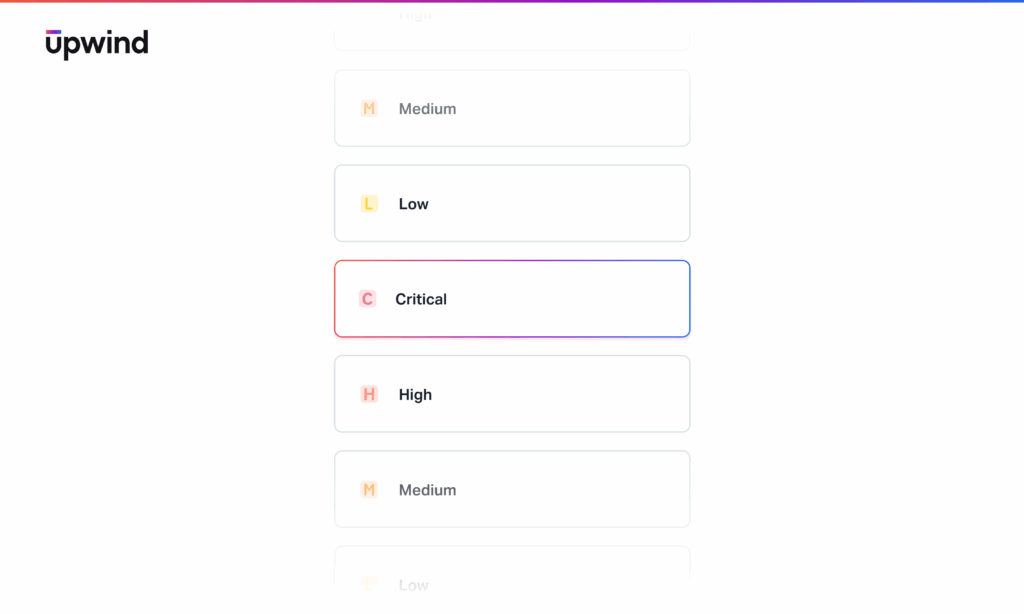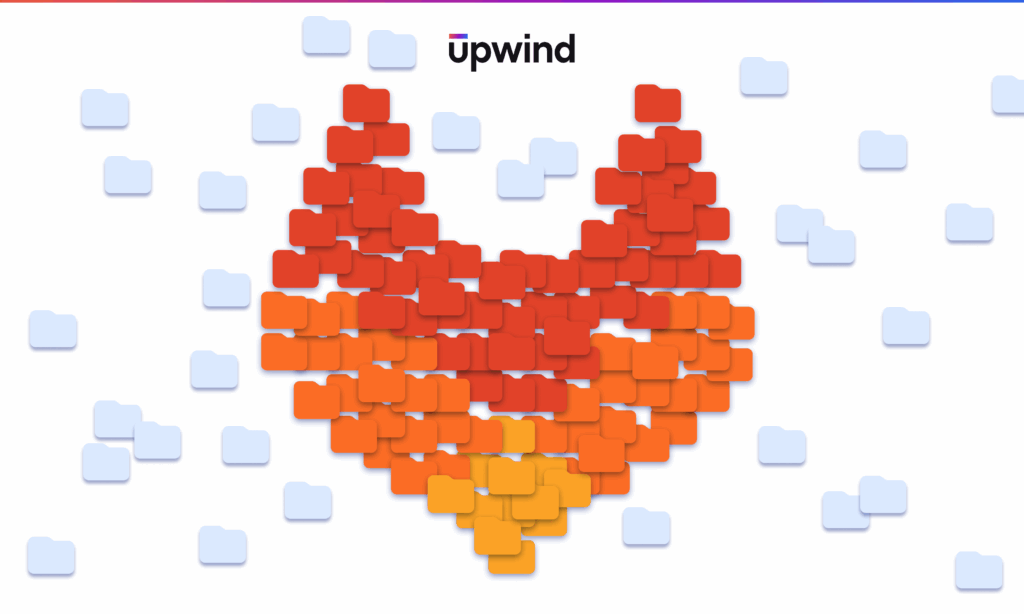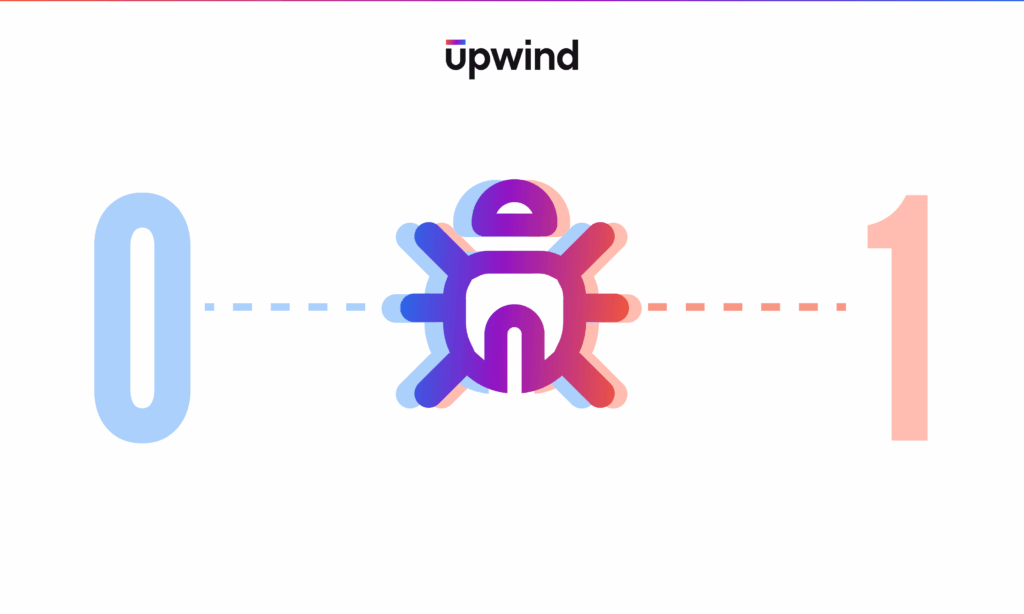
Upwind Enables Instant Validation of Configuration Fixes Through Scanner Re-Evaluation
Today, Upwind Security is introducing Scanner Re-Evaluation. Our Scanner Re-Evaluation enables customers to instantly validate configuration fixes on demand, without waiting for scheduled scans. In modern cloud environments where change is constant and speed matters, this capability closes a critical gap between remediation and confidence. Cloud security doesn’t end when a misconfiguration is identified. For […]

Upwind Enables Clarity at Cloud Scale with Choppy AI
Choppy AI is now generally available across the Upwind platform, marking a new chapter in how security teams understand risk, navigate complexity, and take action with confidence, at cloud scale. Cloud security has never been more powerful. At the same time, it’s never been more overwhelming. Modern environments generate enormous volumes of data, signals, and […]

Upwind Turns Every Product Update Into Immediate Security Value with “What’s New” Tab
We’re excited to introduce the new What’s New tab, an in-product experience designed to help you stay up to date with the latest Upwind releases, improvements, and innovations, right when they matter. Upwind moves fast. We continuously deliver new capabilities, logic updates, and experience improvements to help security teams stay ahead of cloud runtime risk. […]

Upwind Enables Deep Focus at Any Hour with Dark Mode
Dark Mode is now live across the Upwind console for all users, giving security teams greater control over how they experience the platform so they can work more comfortably, stay focused longer, and adapt the interface to their environment, without changing workflows, data, or collaboration. Security work doesn’t happen in neat, predictable blocks of time. […]

Upwind Accelerates Time-to-Value for ISO/IEC 27001 and ISO/IEC 27002
We’re excited to announce that ISO/IEC 27001 and ISO/IEC 27002 frameworks are generally available across the Upwind platform. This release enables organizations to apply globally recognized information security standards more effectively within modern cloud environments, without sacrificing the governance rigor they are designed to provide. As cloud environments continue to grow in scale and complexity, […]

Upwind Puts Cloud Risk Prioritization Back in Your Hands with Expanded Configuration Serverity Override Settings
Today, we’re excited to announce expanded configuration override settings, a new set of capabilities that give teams greater control over how configuration risk is prioritized. With support for rule-level severity overrides and in-platform commenting, teams can now apply context and collaborate directly where risk decisions are made. Earlier this year, we introduced Upwind’s Open Source Security model, along […]

Upwind Enables More Secure, Resilient Cloud Environments with New End of Life and End of Support Visibility
Today, we’re excited to announce the general availability of Upwind’s new End of Life (EOL) and End of Support (EOS) Visibility, now accessible to all customers and POCs. This feature brings clarity to lifecycle risk across cloud environments and represents a meaningful advancement in strengthening operational resilience. Importantly, this capability was shaped directly by customer […]

Upwind Enables Effortless Shift-Left Security for Every Merge Request
Today, we’re excited to introduce GitLab Automated Repository Scanning, a major upgrade to Upwind’s Shift-Left security capabilities that brings automatic, real-time scanning directly into the GitLab merge request workflows. With this new capability, every merge request across all your GitLab repositories is scanned the moment it’s opened, without requiring developers to modify CI/CD pipelines or […]

Upwind Prioritizes Vulnerabilities Based on Real-World Exploit Likelihood with EPSS Scoring
We’re excited to share that EPSS (Exploit Prediction Scoring System) scoring is now available in Upwind’s Vulnerability Management module. This brings data-driven exploit likelihood insights directly into your vulnerability workflows, helping teams prioritize remediation based on real-world risk rather than theoretical severity alone. What Is EPSS? Security teams face thousands of vulnerabilities each week. The […]

Introducing The Upwind Tracer for AWS Lambda Functions: Deep Runtime Security for Serverless Workloads
Today, we’re excited to announce the private preview release of The Upwind Tracer for AWS Lambda Functions, bringing serverless-native runtime security and observability to your Lambda workloads. As teams continue to adopt and evaluate AWS Lambda for event-driven application architectures, it remains important to verify that its benefits – such as automatic scaling, minimal infrastructure […]
